Development and Application of STORMTOOLS Design Load (SDL) Maps
Abstract
:1. Introduction
- Develop a methodology to generate design flood loads, including hydrodynamic, hydrostatic, wave, and debris loads for residential structures in the RI coastal flood plain, including the effects of SLR.
- Develop an SDL index to help identify areas of risk by comparing and contrasting the SDL maps to CERI risk maps.
- Test the method by applying it to the design of one-/two-story residential structures, without basements, on grade or elevated on open piles, in the coastal flood plain.
2. Methods
2.1. Flood and Debris Loads
2.2. Structural Response
3. Results/Discussion
3.1. Flood Loads
3.2. Hydrostatic Loads
3.3. Wave Loads
3.4. Hydrodynamic Loads
3.5. Debris Loads
3.6. Total Loads and Risk
3.7. Structural Response
3.7.1. Type 5A—Single Story, No Basement
3.7.2. Type 7A—Open Pile Supported
4. Summary and Conclusions
Supplementary Materials
Author Contributions
Funding
Institutional Review Board Statement
Informed Consent Statement
Data Availability Statement
Acknowledgments
Conflicts of Interest
Abbreviations
| ACE | Army Corps of Engineers |
| ADCIRC | ADvanced CIRCulation model |
| ArcGIS Hub | GIS system, community engagement software system |
| ASCE | American Society of Civil Engineers |
| AutoDesk | AutoDesk Professional Robot Structural Analysis |
| BFE | Base Flood Elevation |
| BIM | Building Information Modeling |
| CCM | Coastal Construction Manual |
| CERI | Coastal Environmental Risk Index |
| CRMC | RI Coastal Resources Management Council |
| DEM | Digital Elevation Model |
| FEMA | Federal Emergency Management Agency |
| FFE | First Floor Elevation |
| FIRM | Flood Insurance Rate Map |
| GIS | Geographic Information System |
| LIDAR | Laser Detection and Ranging |
| NACCS | USACE, North Atlantic Comprehensive Coastal Study |
| NAVD88 | North Atlantic Vertical Datum, 1988 |
| NOAA NOS | National Ocean and Atmospheric Administration-National Ocean Survey |
| RMSE | root mean square error |
| RI GIS | Rhode Island-Geographic Information System |
| SDE | STORMTOOLS Design Elevation |
| SDL | STORMTOOLS Design Load |
| SEI | Structural Engineering Institute |
| SLR | Sea Level Rise |
| STWAVE | STeady state spectral WAVE model |
| STORMTOOLS | tools in support of storm analysis |
| URI | University of Rhode Island |
| USACE | US, Army Corps of Engineers |
| USGS | US Geological Survey |
| XBeach | nearshore wave and geomorphological model |
List of Variables and Units
| A | area where load applied, ds × w |
| Cd, Cp, Cdb | drag coefficients-hydrodynamic, wave wall, and wave pile (see Section 8.5 [10] for recommended values) |
| Cb, Cdb, Co, CI | coefficients for debris loads: blockage, debris depth, orientation, and importance (see Section 8.5 [10] for recommended values) |
| ds | still-water flood depth |
| dh | equivalent hydrostatic depth, dh = Ch V2/2g, Ch—drag coefficient |
| dt | total flood depth (dt = ds + dh) |
| D | pile diameter or if the pile is square then horizontal dimensions |
| fstatic | hydrostatic load per unit width |
| Fstatic | hydrostatic load × structure width, w |
| fbrkw | wall wave flood load per unit width |
| Fbrkw | wall wave flood load × structure width, w |
| fbrkp | pile wave flood load per unit width |
| Fbrkp | pile wave flood load × structure width, w |
| fdynamic | hydrodynamic load per unit width |
| Fdynamic | hydrodynamic load × structure width, w |
| fequiv_static | equivalent hydrostatic load for hydrodynamic load per unit width |
| Fequiv_static | equivalent hydrostatic load x structure width, w |
| fdebris | debris load |
| g | gravity |
| Hb | breaking wave height |
| ksi | thousand pounds per sq inch |
| N | number of piles |
| Rmax | maximum response ratio for impulsive debris loads |
| T | natural period of structure impacted |
| V | flood velocity |
| Vb | velocity of debris flow, Vb = 1/2(gds)1/2 |
| w | width of structure |
| Δt | impact time for debris load |
| ρ | water density |
| γw | specific weight of salt water (64 lbs/ft3), ρg |
References
- Spaulding, M.L.; Isaji, T.; Damon, C.; Fugate, G. Application of STORMTOOLS’s simplified flood inundation model, with and without sea level rise, to RI coastal waters. In Proceedings of the ASCE Solutions to Coastal Disasters Conference, Boston, MA, USA, 9–11 September 2015. [Google Scholar]
- Spaulding, M.L.; Grilli, A.; Damon, C.; Crean, T.; Fugate, G.; Oakley, B.A.; Stempel, P. STORMTOOLS: Coastal Environmental Risk Index (CERI). J. Mar. Sci. Eng. 2016, 4, 54. [Google Scholar] [CrossRef] [Green Version]
- Spaulding, M.L.; Grilli, A.; Damon, C.; McKenna, B.; Christensen, M.; Vinhateiro, N.; Boyd, J.; Fugate, G. STORMTOOLS, Coastal Environmental Risk Index (CERI) Risk and Damage Assessment App. J. Mar. Sci. Eng. 2020, 8, 129. [Google Scholar] [CrossRef] [Green Version]
- Grilli, A.; Spaulding, M.L.; Damon, C.; Crean, T.; Fugate, G. Application of the Coastal Environmental Risk Index (CERI) to Barrington, Bristol, and Warren, RI, Report Prepared for the RI.; Coastal Resources Management Council: South Kingstown, RI, USA, 2019.
- Spaulding, M.L.; Grilli, A.; Damon, C.; Crean, T.; Fugate, G. Application of STORMTOOLS Coastal Environmental Risk Index (CERI) to Inform State and Local Planning and Decision Making along the Southern RI Shoreline. J. Mar. Sci. Eng. 2020, 8, 295. [Google Scholar] [CrossRef]
- Spaulding, M.L.; Grilli, A.; Damon, C.; Hashemi, R.; Anbaran, S.K.; Fugate, G. STORMTOOLS Design Elevation (SDE) Maps: Including impact of sea level rise. J. Mar. Sci. Eng. 2020, 8, 292. [Google Scholar] [CrossRef] [Green Version]
- Cialone, M.A.; Massey, T.C.; Anderson, M.E.; Grzegorzewski, A.S.; Jensen, R.E.; Cialone, A.; Mark, D.J.; Pevey, K.C.; Gunkel, B.L.; McAlpin, T.O.; et al. North Atlantic Coast Comprehensive Study (NACCS) Coastal Storm Model Simulations: Waves and Water Levels; Report: ERDC/CHL TR-15-44; Coastal and Hydraulics Laboratory, U.S. Army Engineer Research and Development Center: Vicksburg, MS, USA, 2015; Available online: https://www.nad.usace.army.mil/CompStudy.aspx (accessed on 20 May 2021).
- Simm, J.D.; Guise, A.; Robbins, D.; Engle, J. US North Atlantic Coast Comprehensive Study: Resilient Adaptation to Increasing Risk; Physical Depth-Damage Function Summary Report; Coastal and Hydraulics Laboratory, U.S. Army Engineer Research and Development Center: Vicksburg, MS, USA, 2015; Available online: https://www.nad.usace.army.mil/Portals/40/docs/NACCS/10A_PhysicalDepthDmgFxSummary_26Jan2015.pdf (accessed on 20 May 2021).
- ASCE/SEI. Minimum Design Loads and Associated Criteria for Buildings and Other Structures; American Society of Civil Engineers (ASCE): Reston, VA, USA, 2017; ISBN 978-0-7844-7996-4. [Google Scholar]
- FEMA. Coastal Construction Manual (CCM): Principles and Practices of Planning, Siting, Designing, Constructing, and Maintaining Residential Buildings in Coastal Areas P-55, 4th ed.; US Federal Emergency Management Agency (FEMA): Washington, DC, USA, 2011. Available online: https://www.fema.gov/pdf/plan/prevent/nhp/nhp_fema55.pdf (accessed on 27 April 2021).
- Spaulding, M.L.; Grilli, A.; Damon, C.; Fugate, G.; Oakley, B.A.; Isaji, T.; Schambach, L. Application of State of Art Modeling Techniques to Predict Flooding and Waves for an Exposed Coastal Area. J. Mar. Sci. Eng. 2017, 5, 10. [Google Scholar] [CrossRef] [Green Version]
- Spaulding, M.L.; Grilli, A.; Damon, C.; Fugate, G.; Isaji, T.; Schambach, L. Application of State of Art Modeling Techniques to Predict Flooding and Waves for a Coastal Area within a Protected Bay. J. Mar. Sci. Eng. 2017, 5, 14. [Google Scholar] [CrossRef] [Green Version]
- RI CRMC. Coastal Hazards Application. Available online: http://www.crmc.ri.gov/coastalhazardapp.html (accessed on 13 May 2021).
- STORMTOOLS. ArcGIS Hub. Available online: http://www.beachsamp.org/stormtools/ (accessed on 13 May 2021).
- Silverman, I.B.; Engelman, A.; Leone, M.; Rothenbucher, A.; Munch, J.; Sorrentino, B.; Pearson, C. Development and Application of STORMTOOLS Design Load (SDL) maps, Final Report, Senior Design Class in Ocean and Civil and Environmental Engineering; University of RI: Narragansett, RI, USA, 2020. [Google Scholar]
- Autodesk Professional Robot Structural Analysis. Available online: https://www.autodesk.com/education/free-software/featured (accessed on 15 March 2020).
- STORMTOOLs Design Load Maps (SDL). Available online: https://crc-uri.maps.arcgis.com/apps/MapSeries/index.html?appid=cd7c1dc499a64434b6b55ab34522794c (accessed on 15 May 2021).
- STORMTOOLs Design Elevation Maps. Available online: http://www.beachsamp.org/stormtools-design-elevation-sde-maps/ (accessed on 15 May 2021).
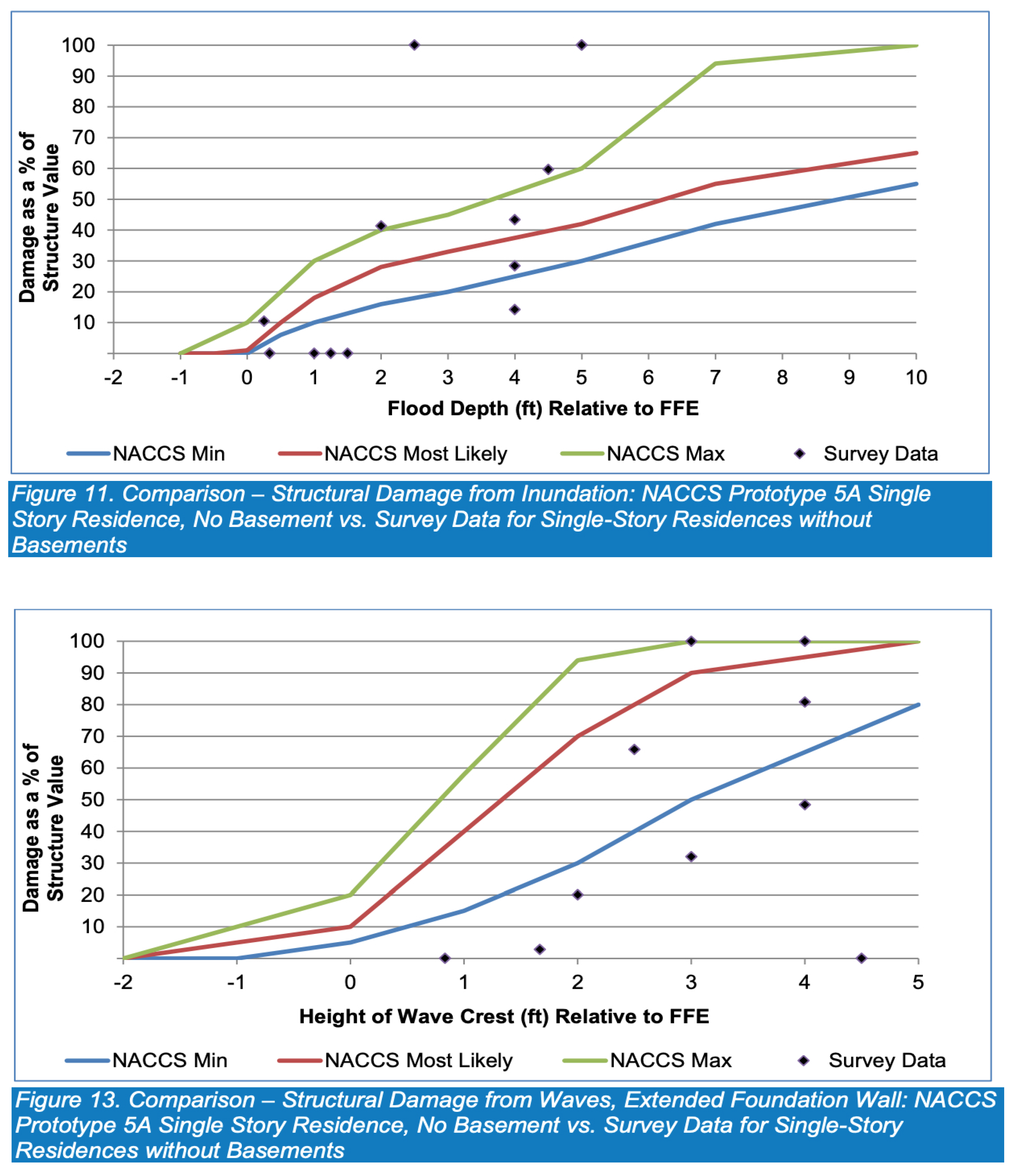
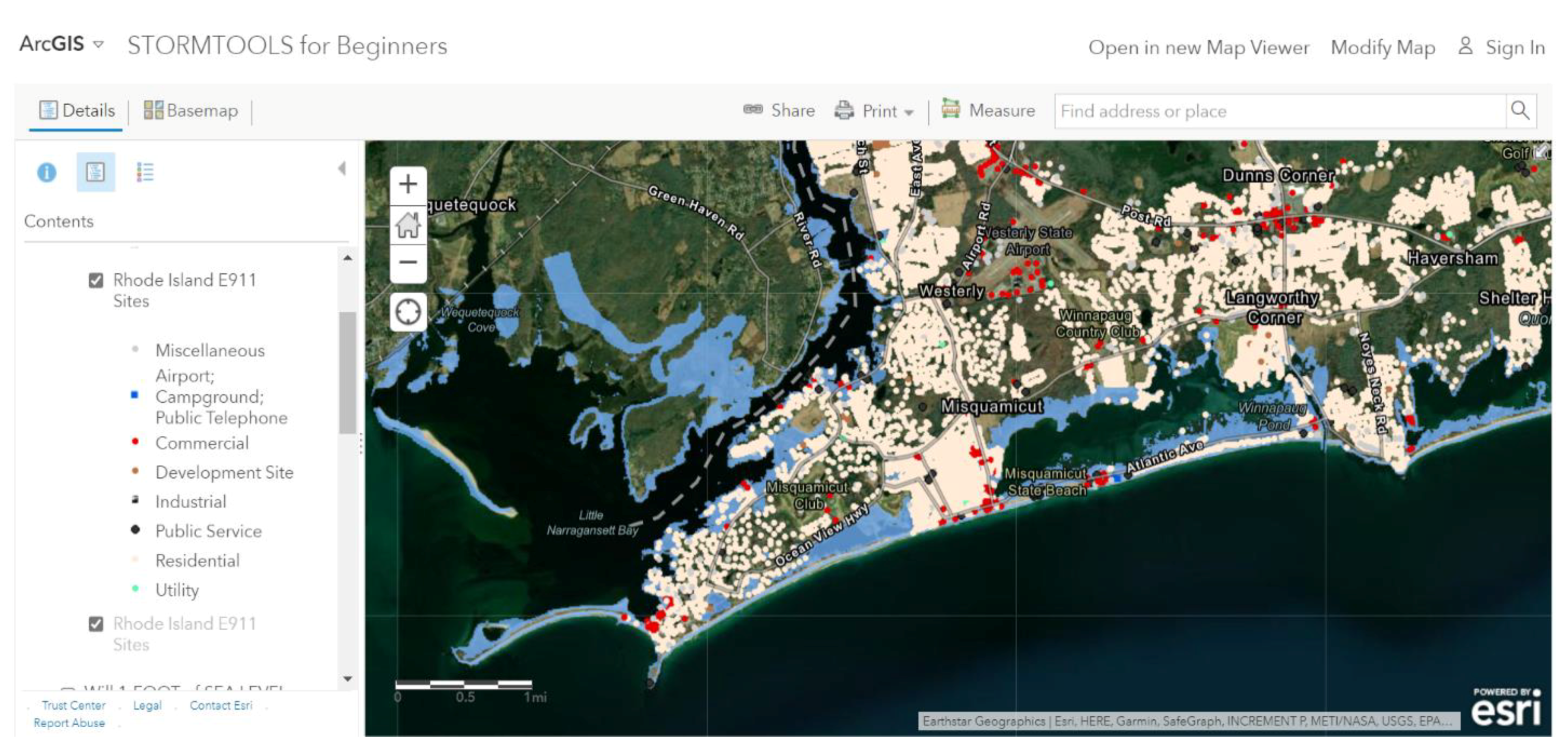
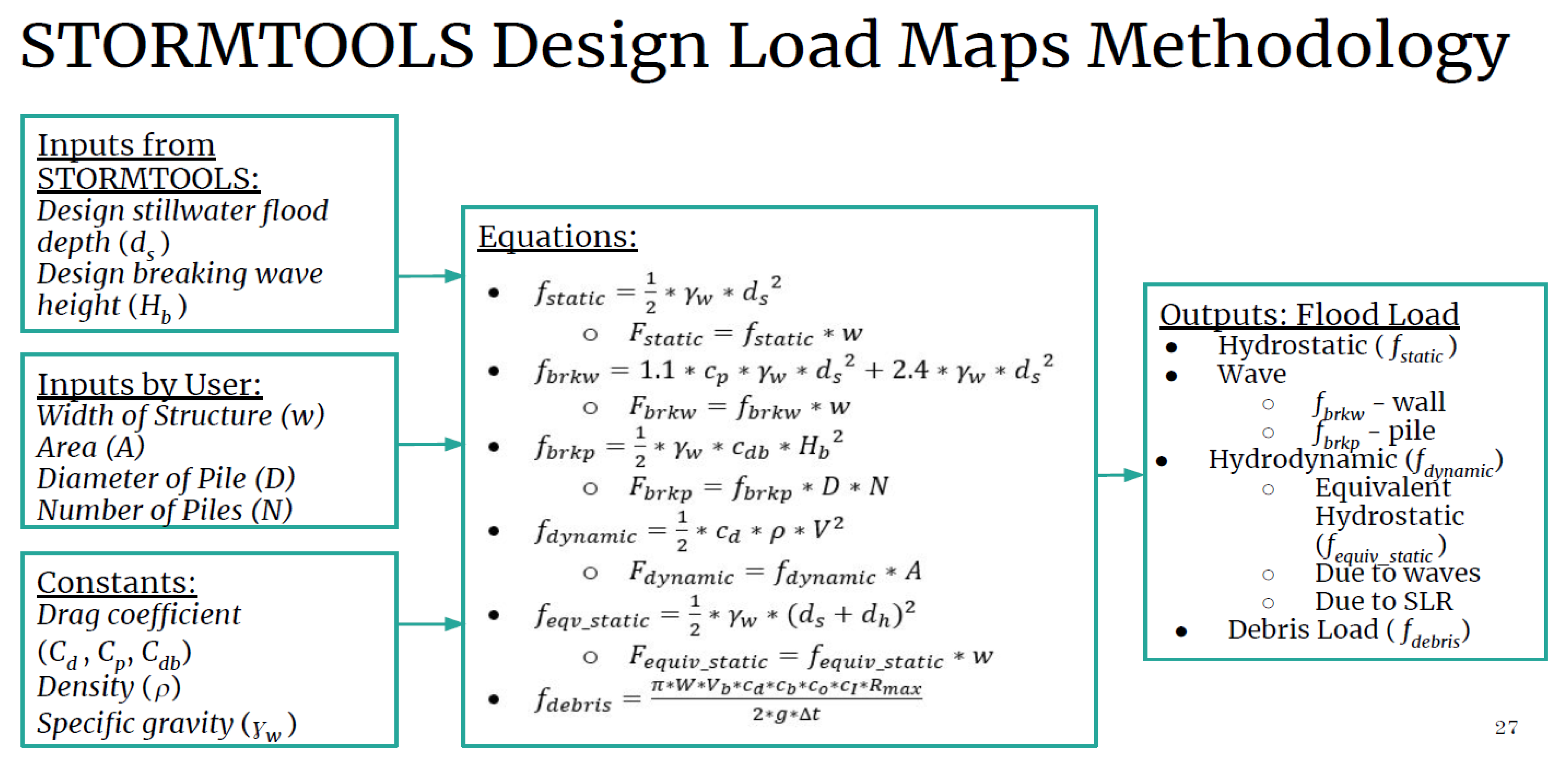
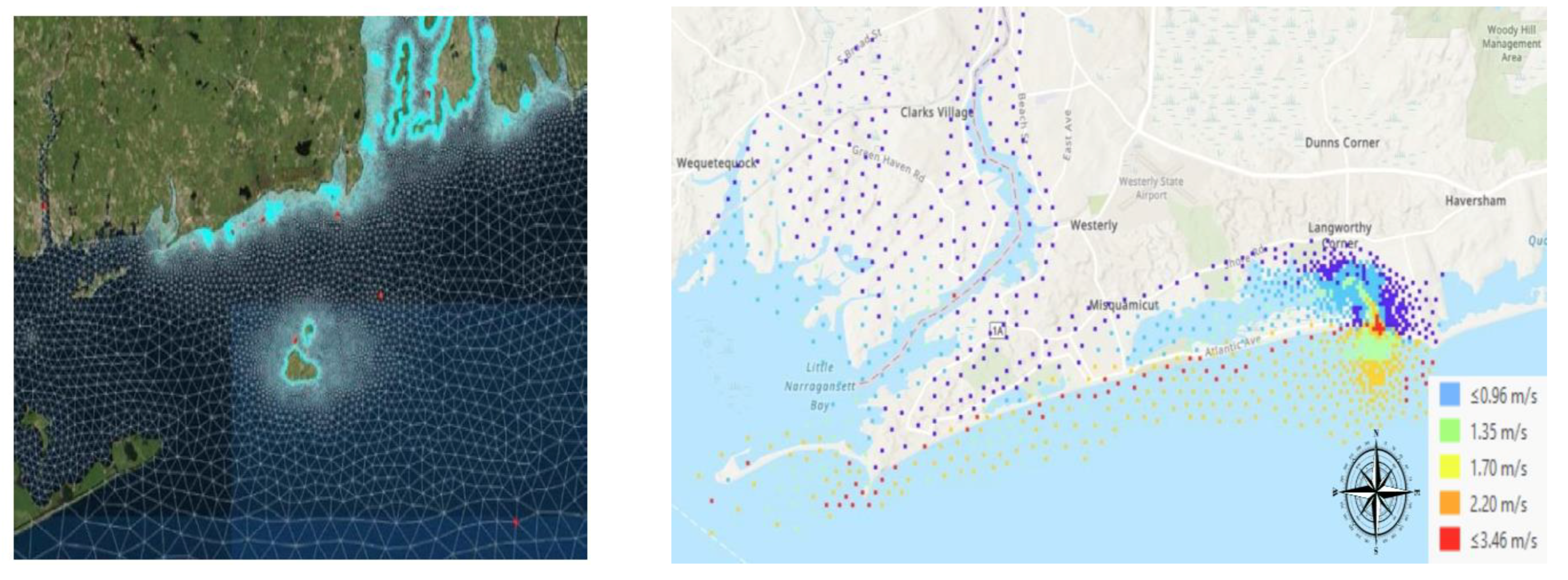
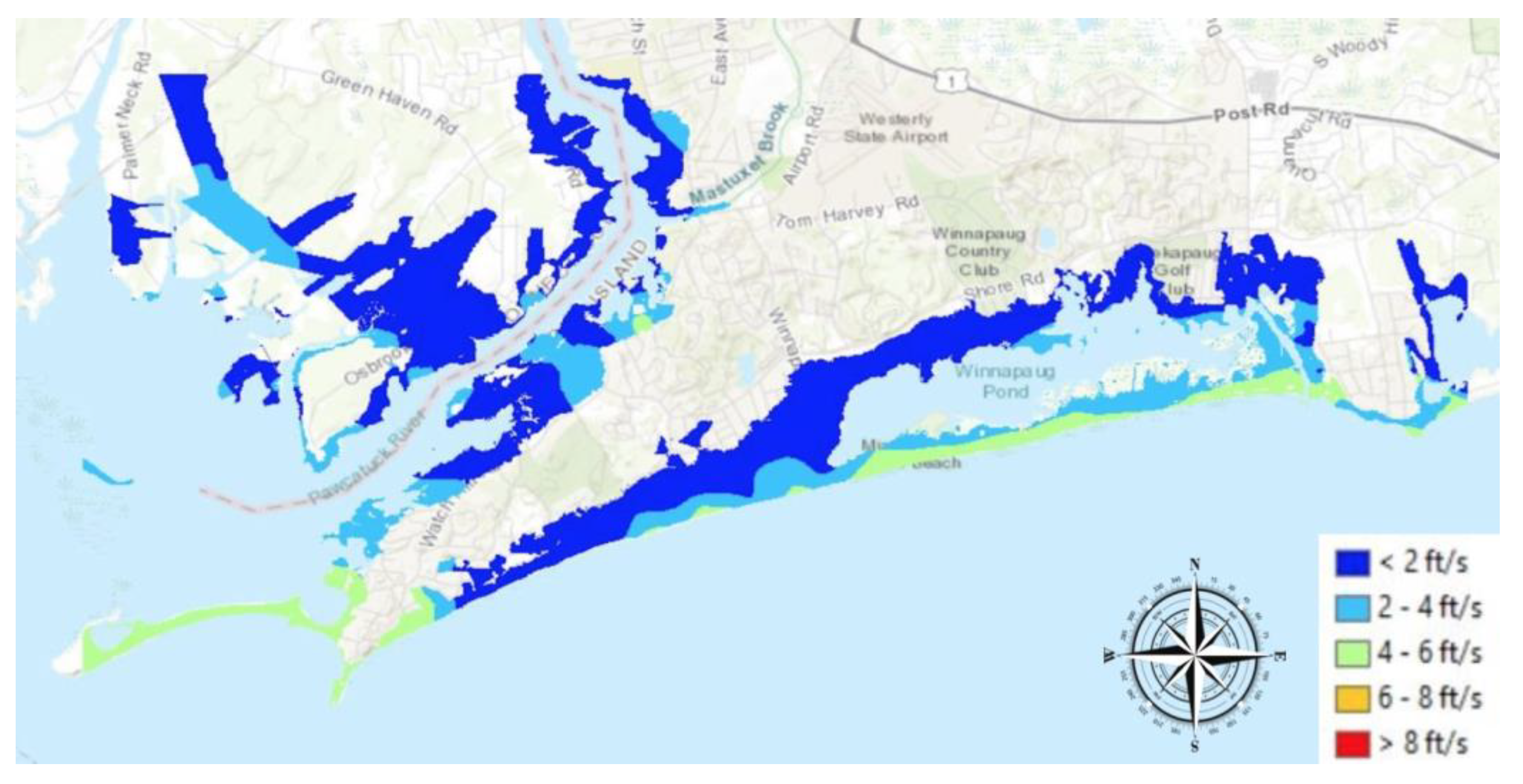

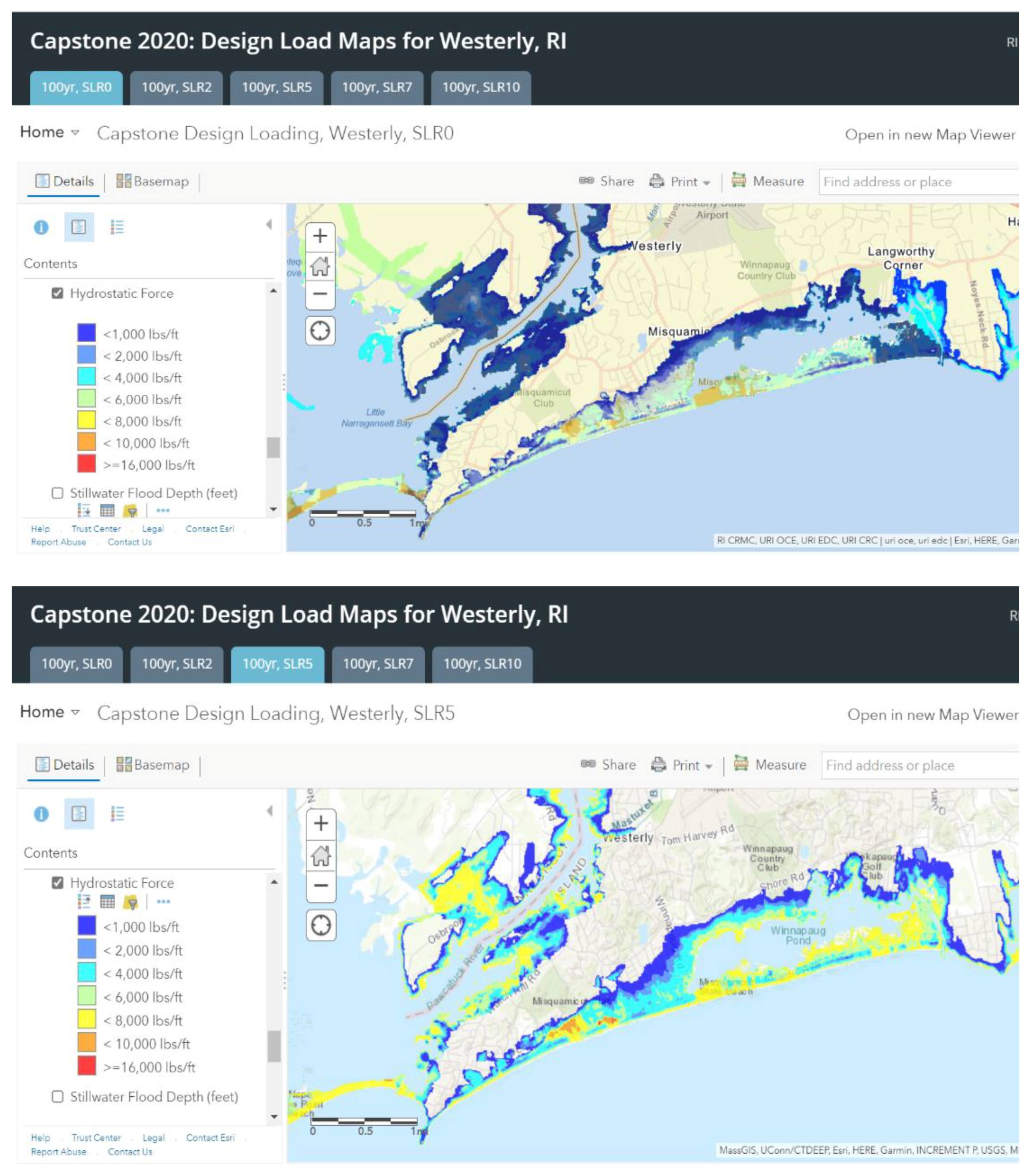
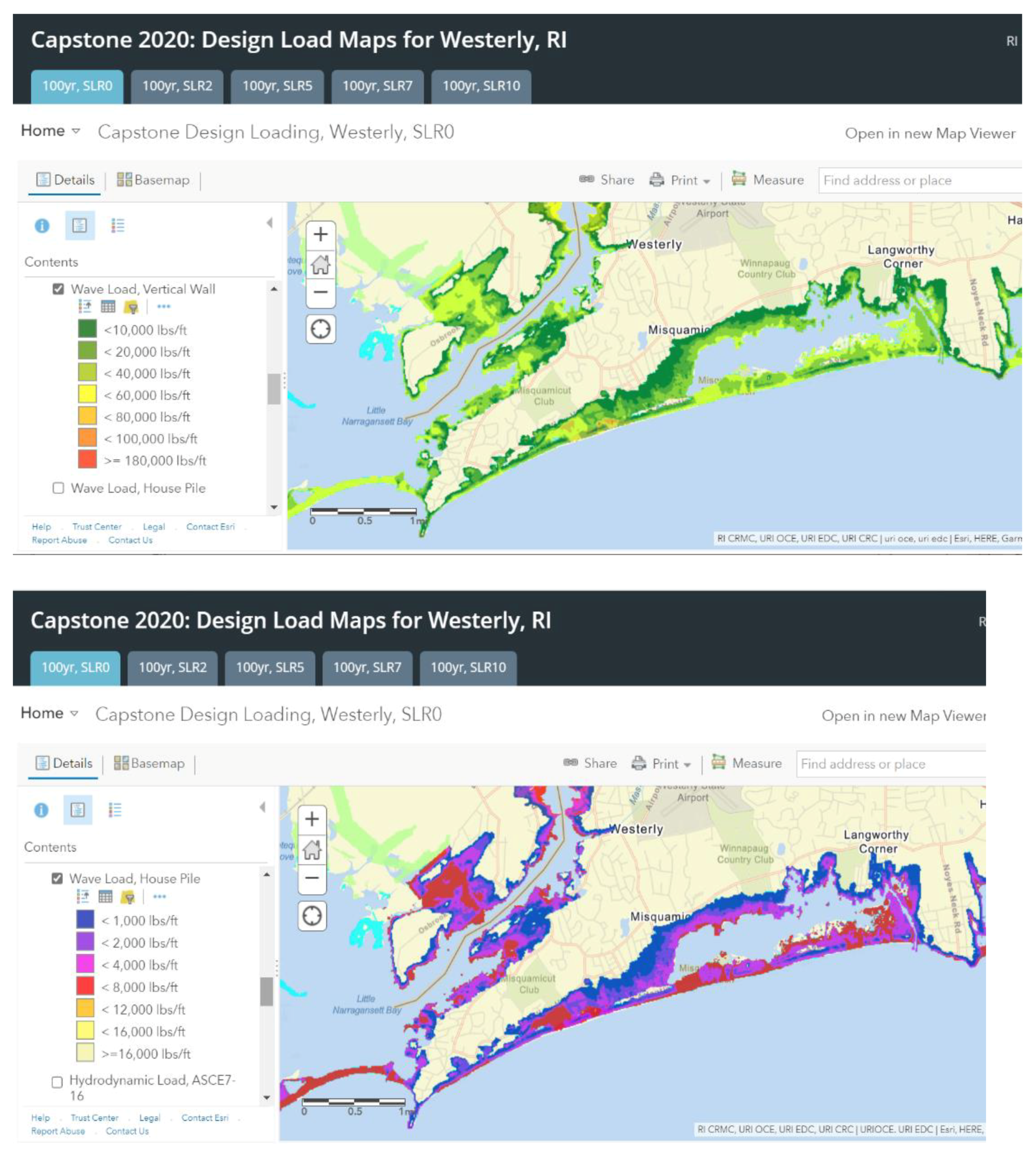


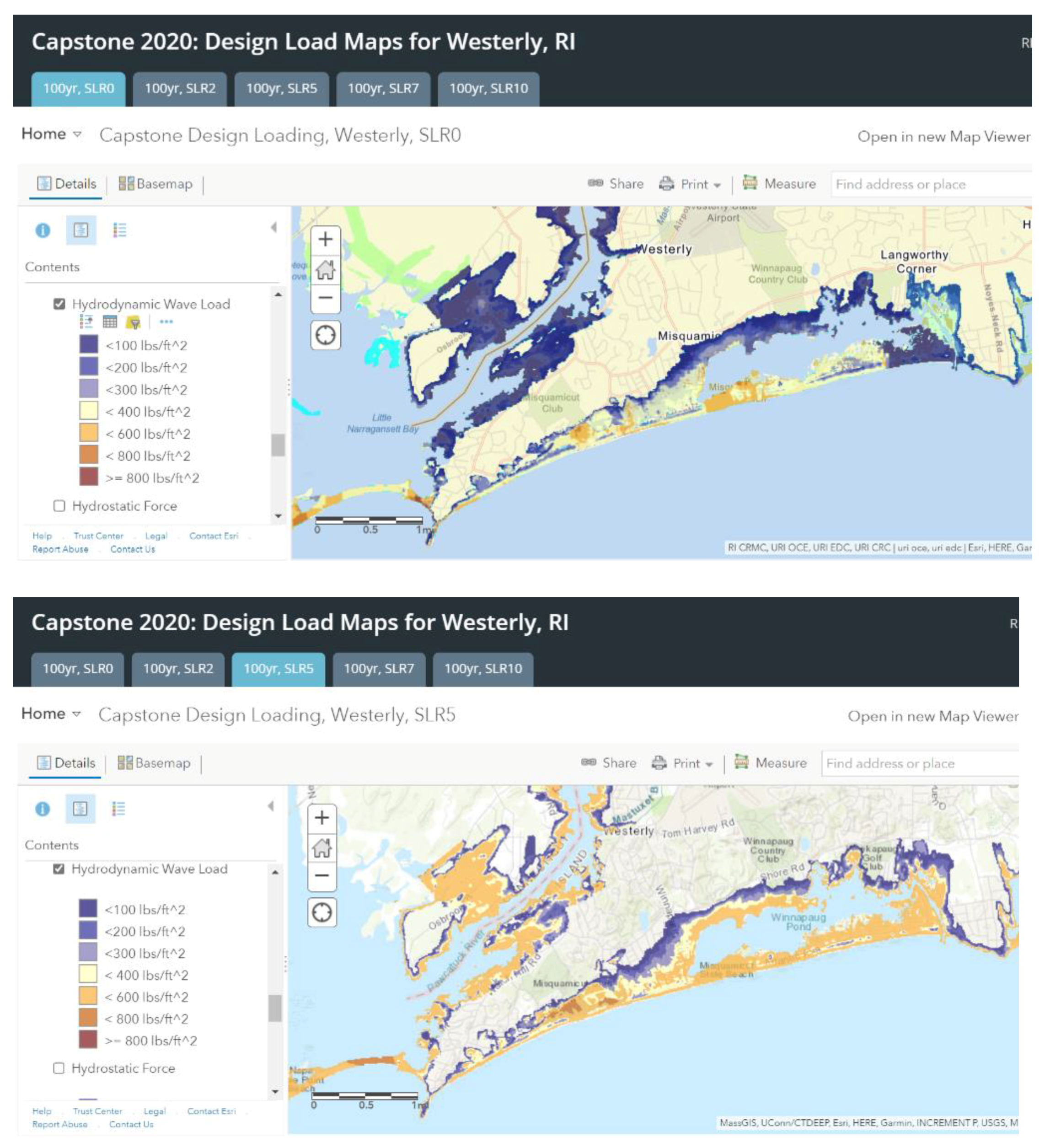

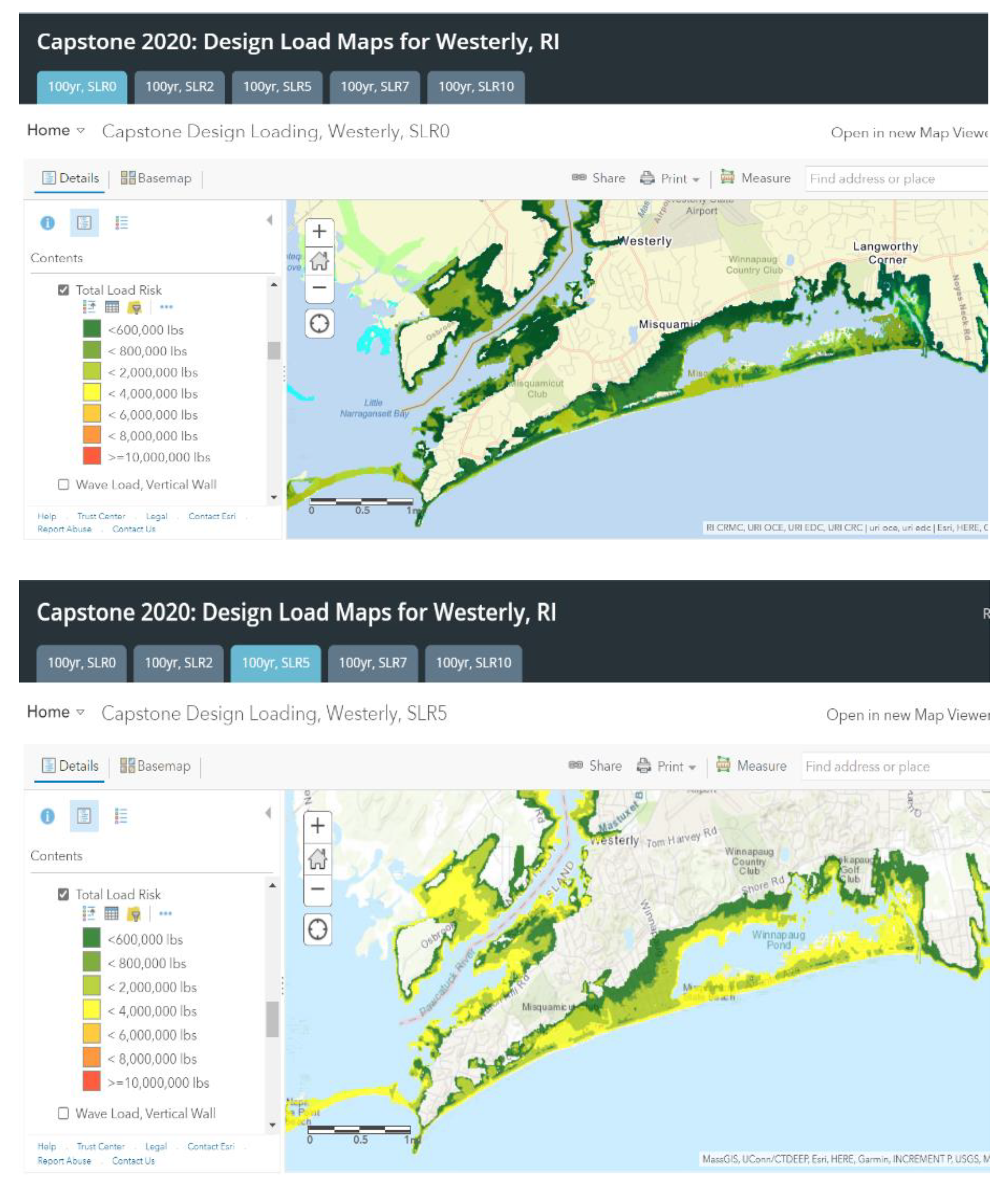
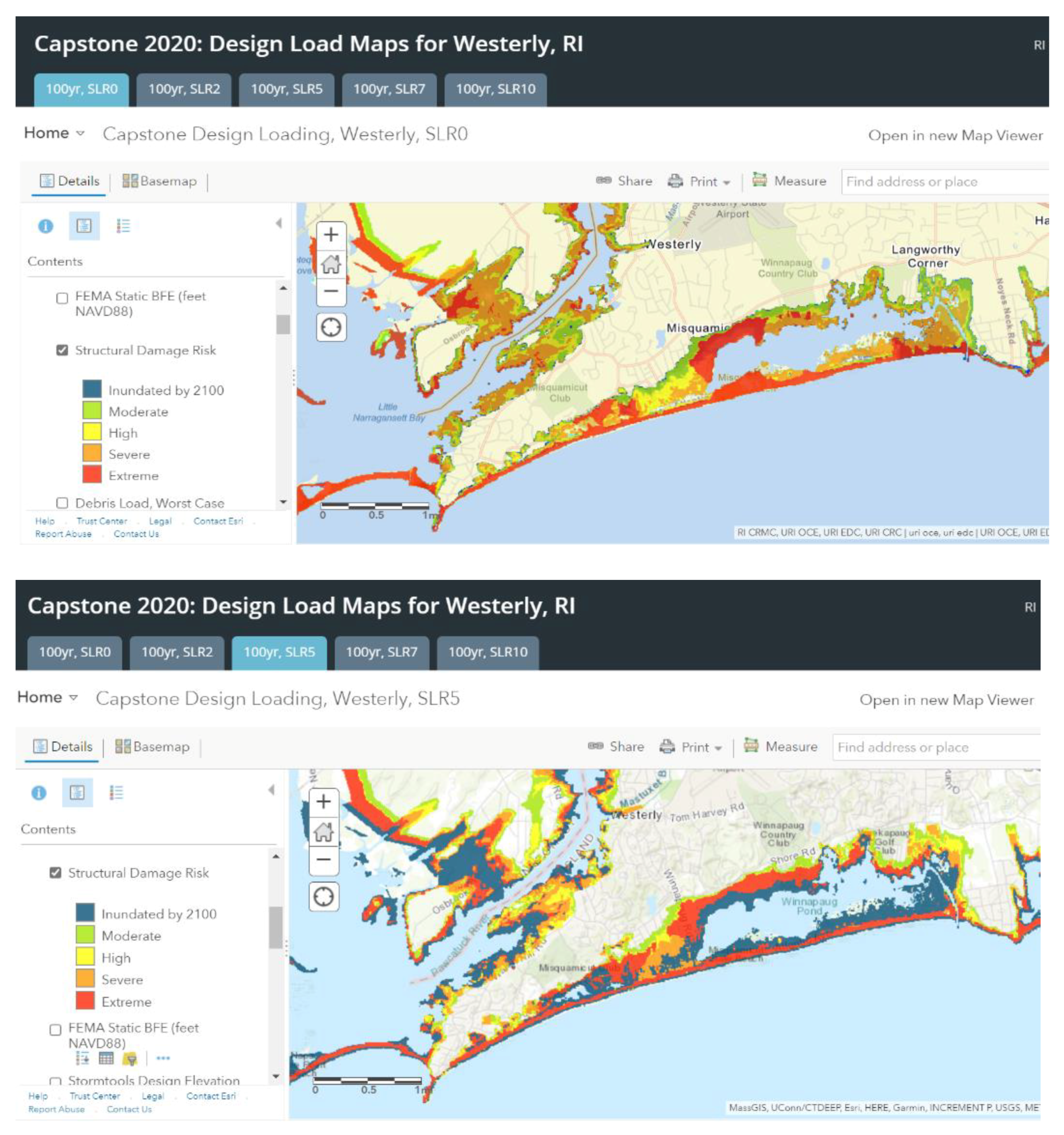

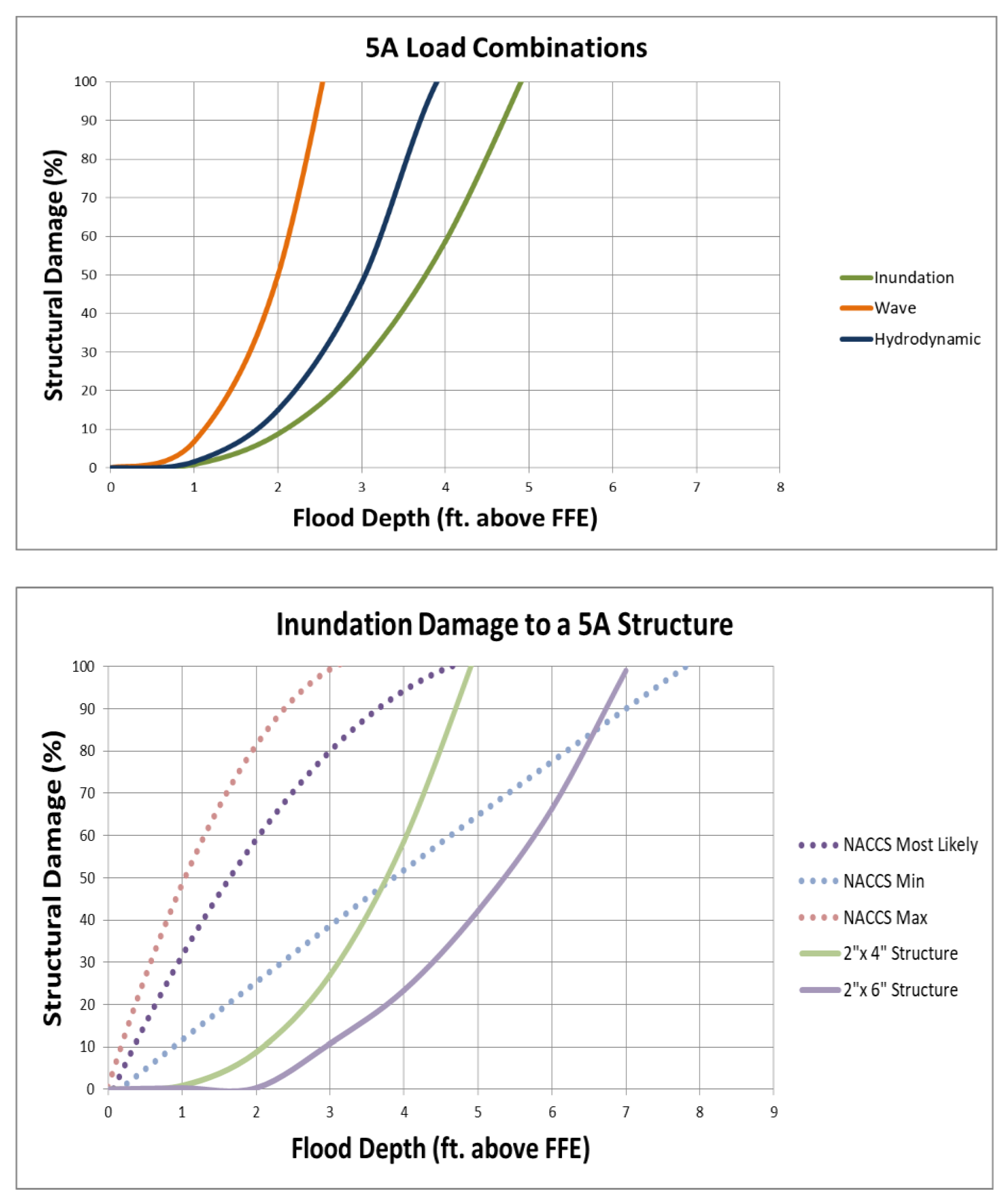
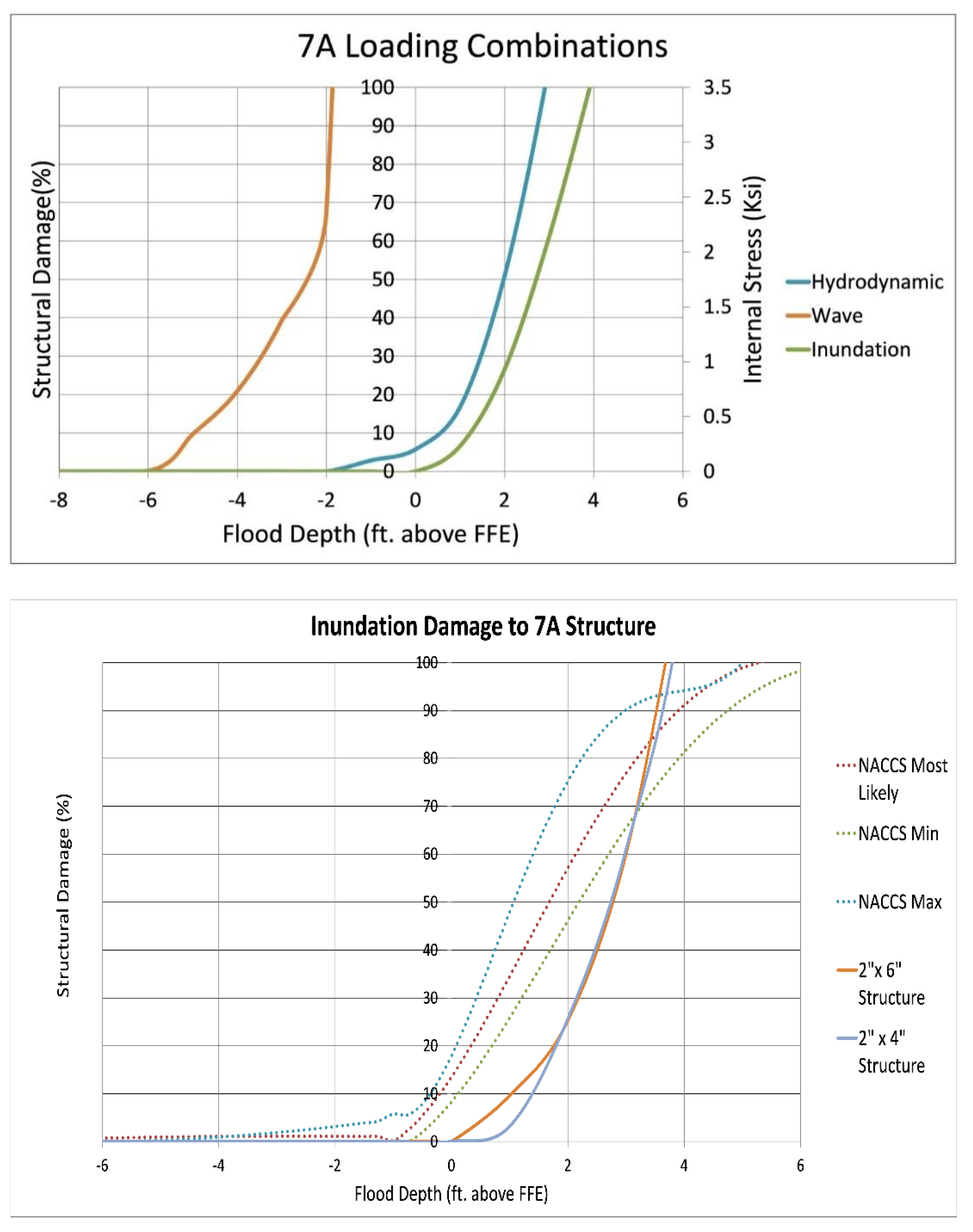
Publisher’s Note: MDPI stays neutral with regard to jurisdictional claims in published maps and institutional affiliations. |
© 2021 by the authors. Licensee MDPI, Basel, Switzerland. This article is an open access article distributed under the terms and conditions of the Creative Commons Attribution (CC BY) license (https://creativecommons.org/licenses/by/4.0/).
Share and Cite
Silverman, I.; Engelman, B.; Leone, A.; Rothenbucher, M.; Munch, A.; Sorrentino, J.; Markiewicz, B.; Pearson, C.; Baxter, C.; Swanson, C.; et al. Development and Application of STORMTOOLS Design Load (SDL) Maps. J. Mar. Sci. Eng. 2021, 9, 715. https://doi.org/10.3390/jmse9070715
Silverman I, Engelman B, Leone A, Rothenbucher M, Munch A, Sorrentino J, Markiewicz B, Pearson C, Baxter C, Swanson C, et al. Development and Application of STORMTOOLS Design Load (SDL) Maps. Journal of Marine Science and Engineering. 2021; 9(7):715. https://doi.org/10.3390/jmse9070715
Chicago/Turabian StyleSilverman, Isabella, Blaze Engelman, Alexa Leone, Michael Rothenbucher, Allison Munch, Josph Sorrentino, Brandon Markiewicz, Chris Pearson, Chris Baxter, Craig Swanson, and et al. 2021. "Development and Application of STORMTOOLS Design Load (SDL) Maps" Journal of Marine Science and Engineering 9, no. 7: 715. https://doi.org/10.3390/jmse9070715
APA StyleSilverman, I., Engelman, B., Leone, A., Rothenbucher, M., Munch, A., Sorrentino, J., Markiewicz, B., Pearson, C., Baxter, C., Swanson, C., Tsiatas, G., & Spaulding, M. (2021). Development and Application of STORMTOOLS Design Load (SDL) Maps. Journal of Marine Science and Engineering, 9(7), 715. https://doi.org/10.3390/jmse9070715






